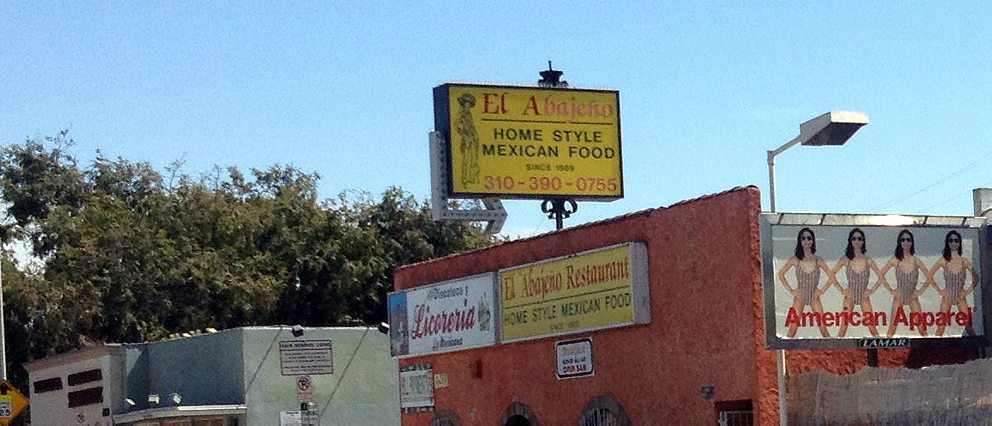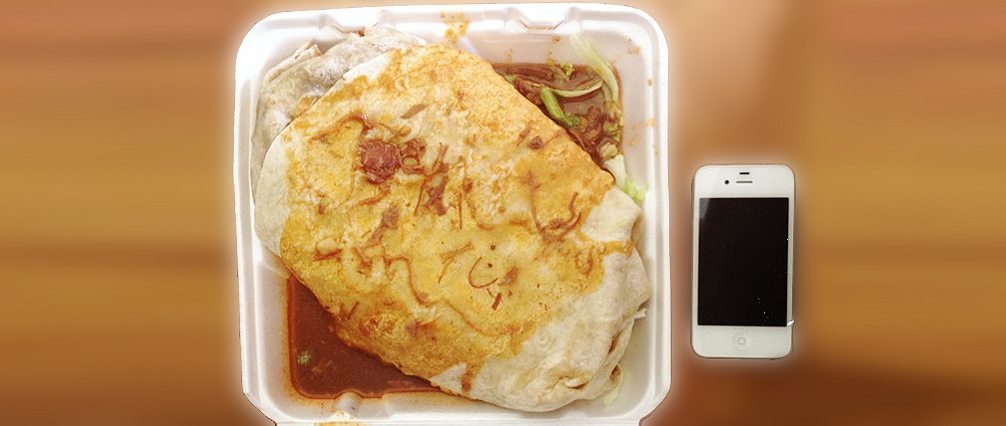El Abajeño, Guadalajaran perfection in the lowlands of Los Angeles
El Abajeño is the perfect name for this place. From the word abajo—below—it means something like a lowlander. We are all lowlanders when we’re in the Los Angeles basin, and we are all lowlanders when we are in Guadalajara, where Abajeño’s food comes from. Guadalajara, that mighty engine of Mexico, city of five million industrious souls, lies in the state of Jalisco, below the eastern slope of coastal mountains, where the Rio Verde flows to Lake Chapala.
There is an Abajeño restaurant in the pastel-colonial district of Tlaquepaque in Guadalajara, but it’s too touristy, as is much of Tlaquepaque, although the one time I stayed there I was so fatigued from weeks in Cuba and poor districts in Mexico that I found it somewhat of a relief to be among Germans sipping margaritas while Mariachis belted out GUADALAJARA in their best basso profundo.
Tlaquepaque left me nostalgic for what, to my mind, was the real Abajeño, a low-slung cafeteria-style restaurant on Inglewood Boulevard in Culver City that I’ve been going for nearly twenty years. It’s on a sun-blasted corner next to a gas station and conjoined to a liquor-and-records stop that will process Western Union transfers or sell you pulque or a Raiders hat. Across the street is the Guadalajara Bakery, because this is the uniquely Angeleno form of ethnic clustering: this particular nondescript corner has become home to Jaliscan goodness for longer than I can remember. Elsewhere you can find a Hmong corner, or one from Oaxaca, or Samoa. But this here is Little Jalisco.

Many of the restaurants you’re likely to read about are already consensus standouts, places where your decision to eat there is validated by a long line, or walls of celebrity photos. Abajeño is not like that. Most of the time, there is no line. There is a signed picture of the Most Interesting Man in the World, telling you to Stay Thirsty, but that’s about it. So you come to the counter without benefit of celebrities or crowds to tell you what this place is.
So I’ll tell you what Abajeño is: perfect Jalisco comfort food. Unchanged for decades. Prices are still written, in part, on styrofoam containers. The agua frescas are still tumbling in the back. The al pastor is still tender and full of mercies for weary Angelenos. The cilantro and onion are still fresh and plentiful. The green polo shirts worn by the women who work the counter still match their green baseball caps.

But the true defining characteristic of Abajeño goes back to geography. This is lowland food, food of the flood basin. The flood here is sauce: this is wet food. In Guadalajara, even the sandwiches are drowned—literally, torta ahogada—in a faintly smoky tomato based sauce that can be ratcheted up with arbol chile. Here on Inglewood Boulevard, the best bet is the unbelievably big Super Burrito, which is too big to drown in a bathtub, but is nonetheless covered in rich sauce, ahogado in its own way.
In five days in LA, I went to Abajeño twice, working my way up from the chile relleno to the Super, which I brought home to eat as I packed for the airport. For a hint of the size of this thing, I put my phone next to the colossus.
Imagine that: a lowlander eating a mountain.
